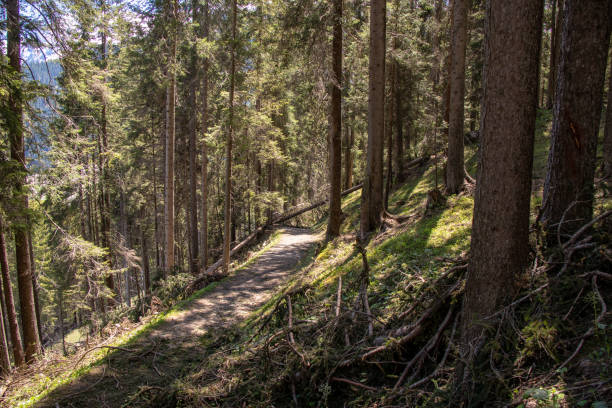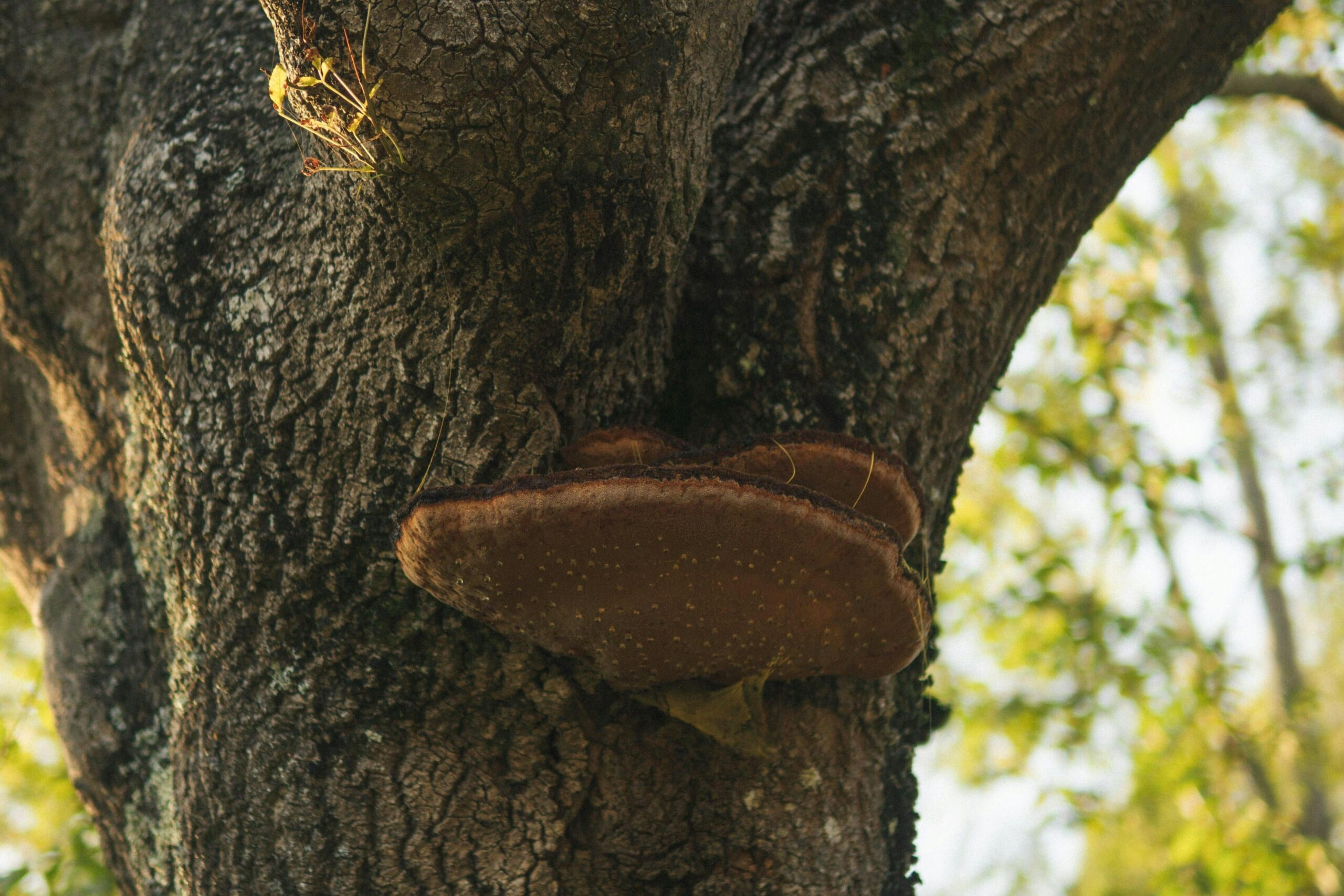1. The Underground Network: Trees’ Hidden Connections

Beneath the forest floor lies a hidden network called the “Wood Wide Web,” where mycorrhizal fungi connect tree roots, allowing them to share nutrients, water, and warnings about threats. Older “mother trees” use this system to support younger saplings, helping sustain the entire forest.
When attacked by insects or disease, trees send chemical distress signals through the network, prompting nearby trees to boost their defenses. This underground communication reveals trees as active participants in their environment, cooperating in ways that challenge our view of them as passive organisms.
Source: The Marginalian
2. Chemical Conversations: How Trees “Talk” Through the Air

Trees communicate not only underground but also through the air. When under stress from insects or drought, trees release volatile organic compounds (VOCs) that signal nearby trees to strengthen their defenses. Some respond by producing bitter compounds in their leaves to deter herbivores.
This chemical communication also helps trees coordinate growth and reproduction. Forests can synchronize flowering or seed production through these airborne signals, boosting pollination and seed dispersal. This collective behavior reflects a kind of shared intelligence, allowing trees to thrive together as a connected community.
Souce: Shortform.com
3. The Role of Mother Trees: Guardians of the Forest

In every forest, “mother trees,” the oldest and largest, serve as guardians of the ecosystem. Through underground fungal networks, they share nutrients with younger, struggling trees, helping maintain the forest’s resilience and diversity.
Mother trees also relay signals about threats or environmental changes. When dying, they release a final surge of nutrients into the network, supporting nearby trees. This vital role highlights the importance of preserving old-growth forests, which anchor the health and stability of entire ecosystems.
Souce: World Wildlife (WWF)
4. Trees’ Memory: How They Learn and Adapt

Trees may not have brains, but they hold a form of memory that helps them adapt. A tree that has survived insect attacks can “remember” the threat, responding faster with defensive compounds the next time. This ability improves survival in changing environments.
Trees also remember seasonal rhythms, timing growth, flowering, and leaf shedding with precision. By sharing this information through their networks, they help the entire forest stay in sync. This adaptive memory highlights the quiet intelligence and resilience of trees, especially as they face challenges like climate change.
Souce: FrontierSin.org
5. The Ethics of Tree Communication: What It Means for Humans

The discovery of tree communication challenges the idea that trees are simply resources. It reveals them as part of complex, connected communities, reshaping how we think about forests and conservation.
This understanding raises ethical questions about deforestation and logging. Cutting down trees disrupts entire networks, not just individuals. By recognizing these connections, we can create more sustainable practices that respect the relationships within forest ecosystems.
Source: MIT
6. The Language of Roots: How Trees Exchange Information Below Ground

Beneath the soil, trees communicate through a network of fungi that connects their roots. When stressed by drought or disease, a tree releases chemical signals into the soil, prompting nearby trees to adjust their defenses.
This underground network is not just about survival but also cooperation. Trees share nutrients like carbon, nitrogen, and phosphorus, helping weaker or younger trees thrive. This mutual support reveals the altruistic nature of forests, where the health of the whole community comes before the individual.
Source: EcoTree.Green
7. Trees and Climate Change: How Communication Helps Them Adapt

As climate change disrupts ecosystems, trees rely on their communication networks to adapt. Rising temperatures, shifting rainfall, and increased pests put forests under stress, but trees share information through their fungal networks to respond together.
In drought-prone areas, trees signal neighbors to conserve water. During insect outbreaks, they produce defensive compounds and share this warning across the network. These collective responses reveal the resilience and adaptability of forests, even as they face growing environmental challenges.
Source: CCADF
8. The Role of Fungi: The Unsung Heroes of Forest Communication

Fungi are the unsung heroes of forests, forming symbiotic relationships with tree roots to create vast networks beneath the soil. These mycorrhizal fungi allow trees to share nutrients and chemical signals, helping them respond to threats and changes in their environment.
Different fungi species vary in their ability to transmit information, and trees appear to prefer certain fungi, managing their connections to optimize communication. Studying these networks offers insight into how forests function as unified, resilient communities.
Curious about the hidden world beneath your feet? Share your thoughts or questions in the comments
Source: Heart of England Forest


